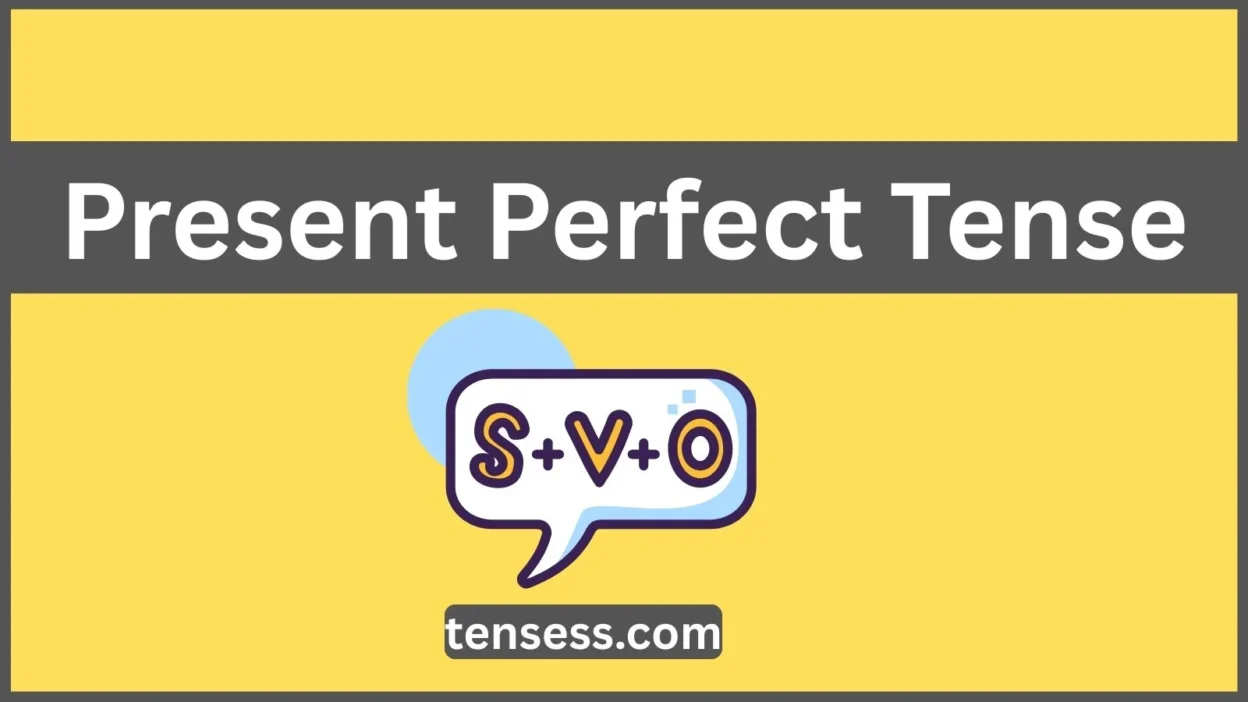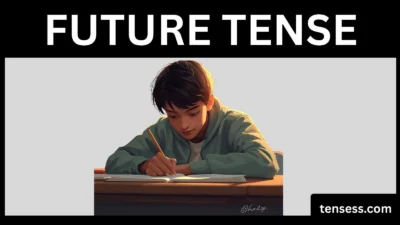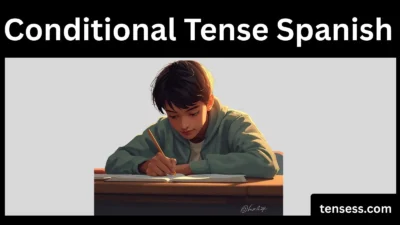The present perfect tense is a versatile verb tense that connects past actions to the present moment.
If you’re a student, language learner, writer, or grammar enthusiast, understanding how to use the present perfect tense correctly can elevate your writing and communication skills.
This tense is often used to describe experiences, recent actions, or ongoing situations with relevance to now.
For example, saying “I have just finished writing this article” links a past action (writing) to the present (it’s done now).
In this SEO-optimized guide, we’ll explore the present perfect tense of the verb read, its structure, conjugation, examples, common mistakes, and tips for practice.
With a beginner-friendly approach and real-life verb tense examples, you’ll master this tense in no time.
Let’s dive into the present perfect tense and make grammar fun and approachable!
What Is the Present Perfect Tense of Read?

For the verb read (pronounced /rɛd/ in this tense), the present perfect tense indicates that someone has completed the act of reading with a connection to now.
Recognition of Present Perfect Tense of Read?
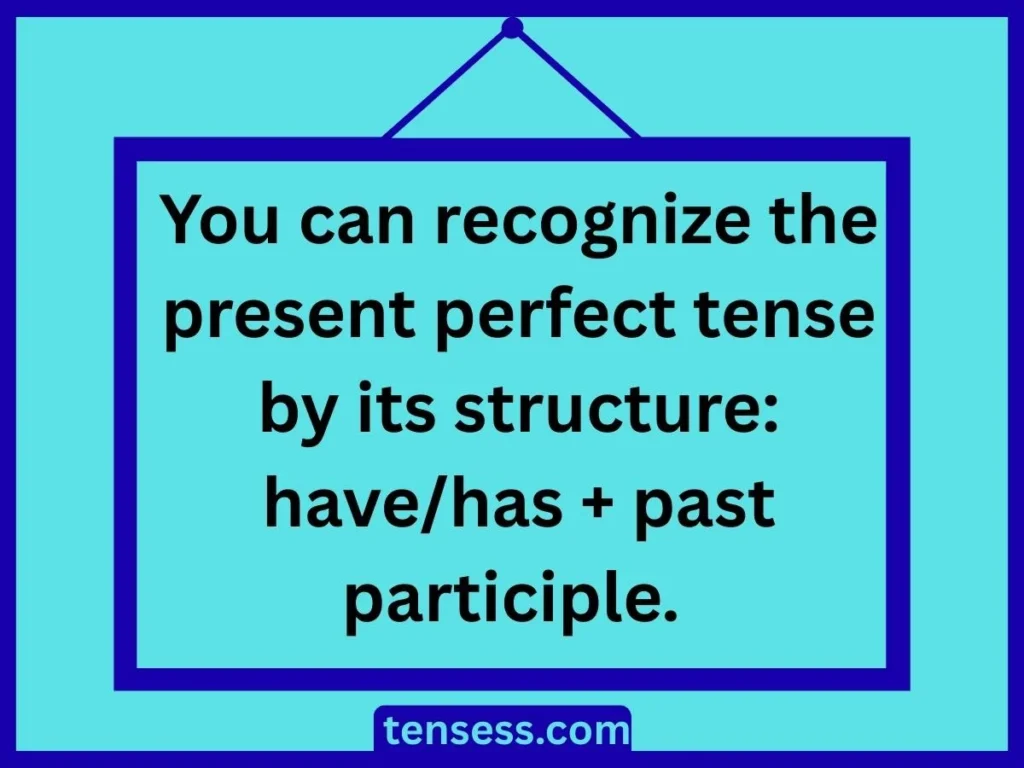
For read, the past participle is read (pronounced /rɛd/, unlike the present tense /riːd/). For example, “She has read the book” suggests the action is complete, and it matters now (e.g., she knows the story).
Structure of Sentence in Present Perfect Tense of Read?
The sentence structure for the present perfect tense follows this pattern:

- Example: “I have read a novel.”
Formation of sentences Present Perfect Tense of Read?
To form the present perfect tense:
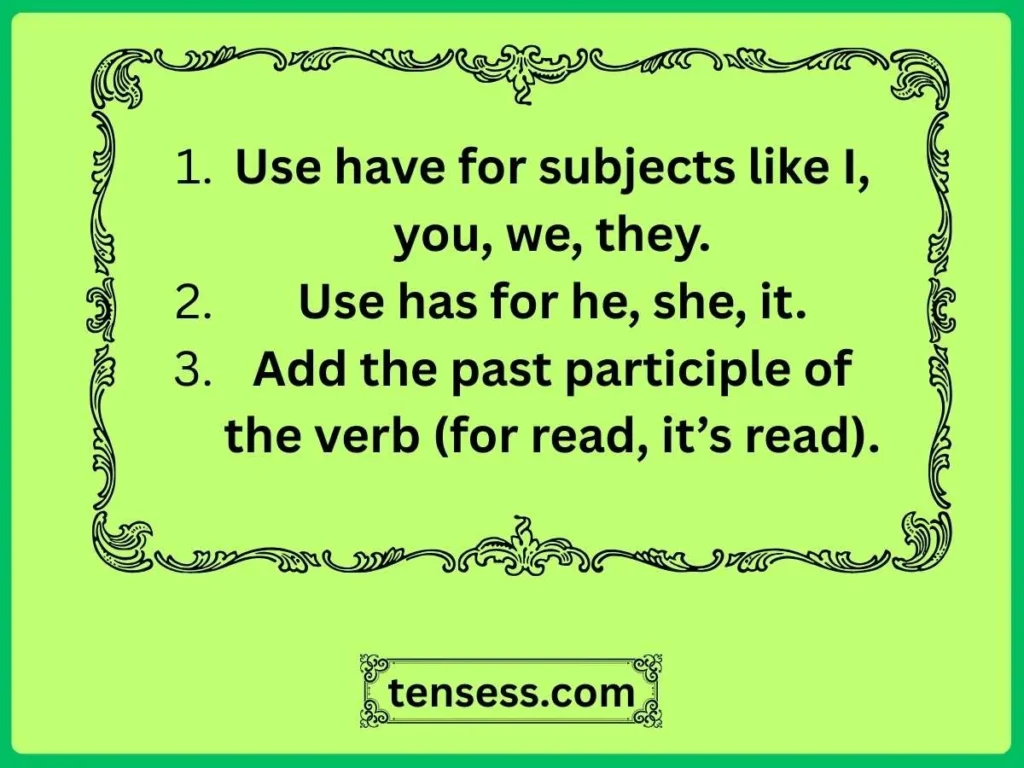
Verbs
The verb read is unique because its present and past participle forms are spelled the same but pronounced differently:
- Present: read (/riːd/)
- Past participle: read (/rɛd/)
Helping Verbs
The helping verbs in the present perfect tense are have and has. These indicate the tense and agree with the subject.
Define the Verb in That Specific Tense
In the present perfect tense, read means the act of reading has been completed at some point before now, with relevance to the present moment. For example, “I have read that article” implies the reading is done, and I now have the knowledge from it.
Is the Verb Regular or Irregular?
The verb read is irregular because its past participle (read, /rɛd/) does not follow the standard “-ed” ending of regular verbs like “walk” (walked).
10 Simple Sentence Examples
- I have read the newspaper today.
- She has read three books this month.
- We have read the instructions carefully.
- He has read the email you sent.
- They have read the same novel.
- You have read this guide before.
- It has read like a thriller.
- John has read every page twice.
- The students have read the chapter.
- My friend has read the reviews online.
How to Conjugate Present Perfect Tense
Conjugating the verb read in the present perfect tense is straightforward but requires attention to the helping verb and subject agreement. Here’s how to conjugate it:
- Use have for plural or first/second-person singular subjects (I, you, we, they).
- Use has for third-person singular subjects (he, she, it).
- The past participle remains read (/rɛd/) for all subjects.
- Ensure subject-verb agreement in questions (e.g., “Have you read?”).
- For negatives, add not after the helping verb (e.g., “I have not read”).
- Use contractions like I’ve or she’s in informal writing.
- Be consistent with the pronunciation of read (/rɛd/).
- Combine with adverbs like “just” or “already” for emphasis (e.g., “I have just read”).
- Use time expressions like “ever” or “never” for unspecified times.
- Practice forming sentences to internalize the structure.
Conjugation Table
| Subject | Conjugation |
| I | I have read |
| You | You have read |
| He | He has read |
| She | She has read |
| It | It has read |
| We | We have read |
| They | They have read |
Spelling Changes or Irregularities
There are no spelling changes for read in the present perfect tense, but the pronunciation shift from /riːd/ (present) to /rɛd/ (past participle) is critical. This irregularity often confuses learners, so practice pronouncing the past participle correctly.
Examples of Present Perfect Tense Sentences
Here are 15 present perfect tense sentences with read, using varied subjects for clarity:
- I have read two novels this week.
- You have read the report, haven’t you?
- He has read every book in the series.
- She has read the article online.
- It has read like a mystery novel.
- We have read the guidelines thoroughly.
- They have read the same poem.
- John has read the email twice.
- The team has read the contract carefully.
- My sister has read the blog post.
- You all have read the instructions, right?
- The child has read a bedtime story.
- I have read about this topic before.
- They have read the reviews online.
- She has read the book in one sitting.
Common Mistakes with Present Perfect Tense
Here are 10 common errors with the present perfect tense and how to avoid them:
- Using the wrong helping verb: Saying “She have read” instead of “She has read.” Fix: Use has for he/she/it.
- Incorrect pronunciation: Pronouncing read as /riːd/ instead of /rɛd/. Fix: Practice the past participle pronunciation.
- Using present tense: Saying “I read the book” when meaning a past action with present relevance. Fix: Use have read.
- Omitting the helping verb: Writing “I read the book” instead of “I have read the book.” Fix: Always include have/has.
- Confusing with past simple: Using “I read” for ongoing relevance. Fix: Use present perfect for past-to-present connections.
- Wrong word order in questions: Saying “Have you read book?” Fix: Use “Have you read the book?”
- Overusing adverbs: Misplacing “already” or “just” (e.g., “I have read already”). Fix: Place adverbs before the past participle.
- Forgetting contractions: Overly formal “I have not read” in casual contexts. Fix: Use haven’t read where appropriate.
- Ignoring subject agreement: Saying “They has read.” Fix: Use have for plural subjects.
- Misusing time expressions: Saying “I have read yesterday.” Fix: Use present perfect with unspecified times (e.g., “I have read recently”).
Related Verbs and Synonyms for Present Perfect Tense
The verb read in the present perfect tense is often confused with similar verbs or synonyms. Here are 10 related verbs or synonyms and clarifications:
- Peruse: Means to read carefully. Example: “I have perused the document” vs. “I have read the document” (less thorough).
- Skim: Implies quick reading. Example: “She has skimmed the article” vs. “She has read the article” (more detailed).
- Study: Suggests in-depth reading. Example: “He has studied the textbook” vs. “He has read the textbook.”
- Browse: Casual reading. Example: “We have browsed the magazine” vs. “We have read the magazine.”
- Scan: Quick glance. Example: “I have scanned the page” vs. “I have read the page.”
- Review: Reading to evaluate. Example: “They have reviewed the report” vs. “They have read the report.”
- Examine: Detailed inspection. Example: “She has examined the text” vs. “She has read the text.”
- Look over: Informal review. Example: “I have looked over the notes” vs. “I have read the notes.”
- Digest: Implies understanding. Example: “He has digested the book” vs. “He has read the book.”
- Glance at: Brief look. Example: “We have glanced at the article” vs. “We have read the article.”
Sentence Comparisons
- “I have read the book” (general reading) vs. “I have studied the book” (in-depth learning).
- “She has read the email” (completed) vs. “She has skimmed the email” (quickly looked through).
Tips to Practice Using Present Perfect Tense
Here are 10 practical tips to master the present perfect tense:Write 5 sentences daily using have/has read.
- Read books and identify present perfect tense examples.
- Practice with a partner, asking, “Have you read…?”Use flashcards to memorize irregular verbs like read.
- Watch English movies and note present perfect usage.
- Keep a journal of experiences (e.g., “I have read…”).
- Use grammar apps to practice verb conjugation.
- Record yourself saying sentences and check pronunciation.
- Create a quiz with present perfect tense questions.
- Join online forums to discuss books you have read.
Frequently Asked Questions
- What is the present perfect tense? It describes past actions with present relevance using have/has + past participle.
- How is read pronounced in this tense? The past participle read is pronounced /rɛd/, not /riːd/.
- When should I use present perfect? Use it for experiences, recent actions, or ongoing situations.
- Is read regular or irregular? Read is irregular; its past participle is read (/rɛd/).
- Can I use present perfect with specific times? No, use it for unspecified times (e.g., “I have read” vs. “I read yesterday”).
- What’s the difference between has and have? Has is for he/she/it; have is for I/you/we/they.
- Can I use contractions? Yes, like I’ve read or she’s read in informal contexts.
- Why is pronunciation important? Mispronouncing read (/rɛd/) can confuse listeners.
- How do I form questions? Use “Have/Has + subject + past participle” (e.g., “Have you read?”).
- What’s a common mistake? Using present perfect with specific past times (e.g., avoid “I have read yesterday”).
Exercises
Here are 10 exercises to practice the present perfect tense:
- Write 3 sentences using I have read.
- Convert “She read the book” to present perfect.
- Identify the error: “They has read the article.”
- Form a question: “You/read/the news?”
- Write a negative sentence with he has read.
- Use read with “just” in a sentence.
- Combine read with “never” in a sentence.
- Rewrite “We read the email” in present perfect.
- Create a sentence with they have read.
- Write a sentence with read and “already.”
Quizzes
Test your knowledge with these 10 present perfect tense quiz questions:
- What is the past participle of read? (Answer: read, /rɛd/)
- Which is correct: “I have read” or “I has read”? (Answer: I have read)
- How do you say read in the present perfect tense? (Answer: /rɛd/)
- Fill in: She ___ read the book. (Answer: has)
- Correct the error: “I have read yesterday.” (Answer: “I read yesterday”)
- Form a question: They/read/the novel? (Answer: Have they read the novel?)
- True/False: Read is a regular verb. (Answer: False)
- Choose the correct form: He ___ read the instructions. (Answer: has)
- What’s wrong: “We have readed the book”? (Answer: readed should be read)
- Write a present perfect sentence with read. (Answer: Varies)
Conclusion
Mastering the present perfect tense is a game-changer for clear, effective communication.
By understanding how to use have/has read, recognizing its structure, and avoiding common mistakes, you can confidently express past actions with present relevance.
Whether you’re a student, writer, or language learner, practicing with verb tense examples like those provided here will build your skills.
Try the exercises and quizzes to reinforce your learning, and don’t shy away from real-life practice—write sentences, discuss books you have read, or use a grammar checker to refine your work.
The present perfect tense is your bridge between past and present, so keep practicing to make it second nature.
Share your favorite present perfect sentences in the comments or try a grammar tool to perfect your skills today!
